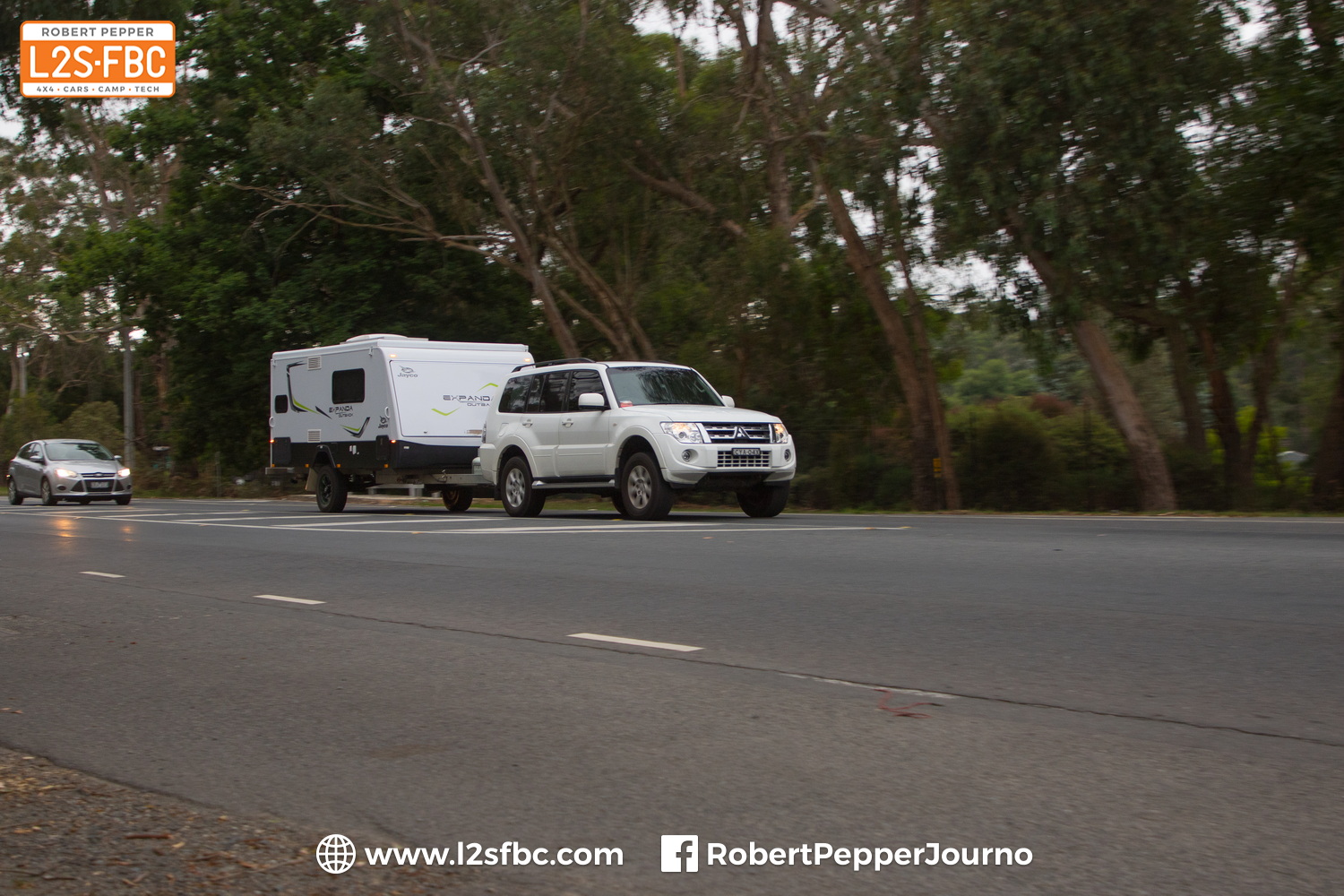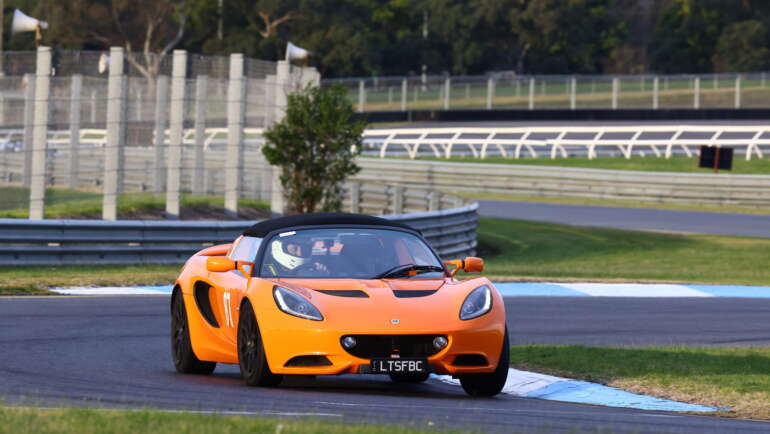
That Snow Recovery, and Kinetic Recoveries in General
Yes, I have seen the failed snow recovery video – lots of people have sent it to me, thank you all as I don’t always get to everything of note so I don’t mind the resends. We should all be grateful to Caleb for the share, but I feel there are a few conclusions which are being missed.
MadMatt 4wd has done an interview analysis but there are some points I would like to add before I get to a proper breakdown of kinetic recovery which is going to take a while as it’s an incredibly complex subject I need to understand at much deeper level that I will present to you, and I’m not finished figuring things out.
First, *all* recovery is dangerous to some degree or another, and whilst we’ve had a near-miss with a kinetic, this does not mean you should never use a kinetic again. It means you should know how to do it properly, and use safer methods first (Hierarchy of Recovery). I feel the situation is similar to the Hi-Lift jack. How many people know the handle rule for example? Or how to angle the jack before the lift? If you don’t, then you’ve got no business telling people HLJs are dangerous, you’re probably going off what OldMate58 told you because his brother’s cousin’s buddy lost a finger. Anyway, kinetic recoveries have their place, and sometimes they’re the best option, and sometimes the only option. Knowledge makes things safer. Actually not a bad tagline, might add that to my logo. I’m about to interview a guy who nearly lost a finger in a winch. Are we going to now campaign against winches? No, let’s campaign for education.
Second, the “Amazon soft shackle” is coming in for a heap of grief. Did fail? It broke. That’s different. I don’t know the breaking strength of the shackle, and I’ve not calculated the force, but say it was 9000kg and the force applied was 10,000kg…it didn’t fail, it broke. Let us also not forget significant metal parts were broken before the soft shackle broke, so I can’t agree it’s a fail, I think the conclusion is excessive force not inappropriate equipment.
I’d also point out that just because something is made in the USA, or Australia, or your favoured Better Than The Rest country does not necessarily make it of higher quality than something made in your less favoured country. That said, I would always suggest name-brand recovery gear for quality to support those who invest in our industry – which is surprisingly few companies willing to fund research for the betterment of all. Another topic for another time, but you should look for quality names not where the product is made. The topic of local industry support is a different argument not to do with quality of gear.
Then there’s the bridle question, or using two recovery points, not just one. First off, I say again – BRIDLES DO NOT HALVE THE RECOVERY FORCE. They equalise it, and then only in a straight line pull. I’ve explained all of this here.
However, use of a bridle is something of a moot point. Enough force was generated to twist the casualty Jeep’s metal, and the simple conclusion that was too much force so the recovery load should have been reduced by digging, and applied more gently with a tow first rather than a simulation of a SpaceX launch.
So why is kinetic recovery so dangerous compared to its nearest equivalent, winching? That’s the complex question I’m going to answer, but there’s a couple of key components. Let’s say your car is stuck and required 1000kg of force (yes, yes newtons) to move. A winch will produce 1000.1kg of force, even if it’s rated to 15,000kg. If it produced the whole 15,000kg it’s capable of the car would fly out of the bog…kind of like what happens when a snatch recovery is too enthusiastic. And there’s the first difference. If you snatch to the point where you apply 999kg of force the car doesn’t move. So you go a bit harder. You can’t then apply 1000.1kg, kinetic isn’t that precise. So chances are you apply 1300kg or so. I know, I’ve done the tests as per the video below. So that’s 30% more force than required…and simply, the more force in a recovery, the greater the danger.
The other risk is that the kinetic rope or strap stores energy which is suddenly released. Building up energy and then suddenly releasing it is always a danger, something we all found out as kids playing with elastic bands, and numerous times working on cars since. Winches don’t store up energy and suddenly release it.
Then there’s speed. In a kinetic recovery you’ve got 2-3 tonnes of 4×4 moving at some sort of speed. Any time anything moves, that’s risk, more speed = more risk and the forces build up much quicker than double speed, double force. In a winch, you’ve got one car moving at maybe 0.5km/h. Less risk. Everything slows down. Slow = safe. Fast = dangerous.
Finally, there’s a really simple equation which is “less force, more safety”. The less force involved in the recovery the safer it is, simple. Again, my video above demonstrates. In the case of this snow recovery, I couldn’t see any attempt made to reduce the significant snow buildup ahead of the car.
Now a lot of Aussies are going to read this and some may not have much snow experience, but they do know about sand. Sand and snow are similar, but have significant differences, one of which is that snow can very soft and fluffy, softer and much less dense than sand, almost like driving through feathers. Snow can also become ice, and you know how dense and hard that is. I just looked up the density and it varies from 10kg per cubic metre to 350kg per cubic metre, which is a big difference. Sand is denser at around 1600kg per cubic metre, but sand does not have a huge density variation, and does not harden like snow as sand is a loose material.
As a general rule, I’ve found that as more force is applied in sand, then the sand parts and gives way, whereas in snow it can compress, become harder and increase the recovery force. The greater density of sand means the car can get on top of it easier than snow which often can’t support the vehicle’s weight, so you drag through it, not up on top of it, building up forces. And the faster you go into a snow bank, the greater the resistance, just like jumping off a cliff into a lake is like jumping onto concrete. Anyway, never assume your sand experience will work in snow, or vice-versa, even if both are compression terrains as my friend Bob Wohlers likes to term them.
So in summary. Kinetic recoveries should be put last on your list, but they can be safe if done right. The soft shackle broke, we don’t know if failed. Bridles don’t halve load. Snow is very different to sand. And the less force you have in a recovery, the safer it is.


